What Is Structural Glazing? – Importance, Applications, Uses, and More

The technology used for structural glazing has evolved and developed rapidly in recent years. Before it was possible to create large glass panels, small ones were used alongside bars and frames to create a winder.
It has taken centuries for scientists and architects to create the processes required to produce glass without perfection and even longer to develop glass that can bear significant weight.
In the modern era, the world is now packed with large office buildings and skyscrapers, where the walls are built almost entirely of glass. There are even glass buildings that are perfectly safe to walk on.
All of this is only possible due to structural glazing. As a result, the glazing industry is booming, with a £1.1 billion valuation, and the market size is expected to increase by a further 9.8% this year.
This article will help you learn more about structural glazing, how it works, and the great benefits that it offers architects and builders.
What is Structural Glazing?
Structural glazing is a type of building material that consists of several reinforced panels of load-bearing glass, each bonded together and held by silicone adhesive.
This method of bonding the thick glass together ensures it is much thicker and stronger than normal glass, and therefore it does not require the same structural support as normal glass, such as a frame.
As a result, this streamlined aesthetic offers unobstructed views and can be very popular for any building with a view, such as office blocks or highrise blocks of flats.
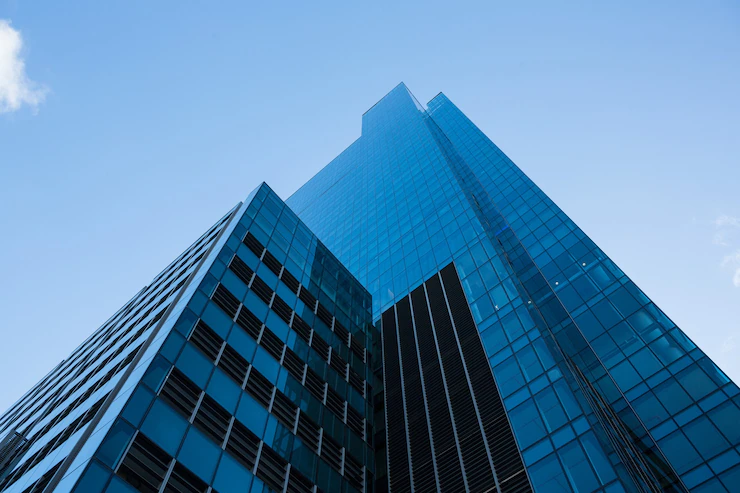
As a result, this streamlined aesthetic offers unobstructed views and can be very popular for any building with a view, such as office blocks or highrise blocks of flats.
| How does structural glazing get put together? In most instances, structurally glazed glass is bonded and held together and then attached to the framework of your chosen building or structure.To ensure this bonding is done to the highest standard and there is no risk of the structural glazing coming loose, builders use high-performance silicone sealant, designed specifically for this purpose.The chosen silicone sealant must be flexible, so it can handle the building’s materials shifting and moving due to changes in temperature, vibrations, extreme wind, shrinkage, and moisture.Otherwise, the structural glazing will put the building at risk of becoming unsafe very quickly. |
How Does Structural Glazing Work?
The most important component that is used in structural glazing is glass. The construction process consists of large panels of glass, which normally hold the load of the structure. Hence, with the help of structural glazing, you can create large glass installations with minimum impediments.
Basically, with structural glazing, you can cover the external facade of your building. This is to enhance the aesthetics of the place and ensure that there is enough passage of light in the daytime. However, to take care of safety and functionality, it is important to engineer the glazing system as per structural requirements.
An interesting feature of structural glass is that it can potentially carry both vertical and horizontal loads. Furthermore, you can also link it to anything from thick steel struts as well as simple glass beams. Hence, you can use it to almost any level and with all types of building styles. Also, with structural glazing, you can produce other stuff like frameless sliding doors and load-bearing glass flooring.
What are the Origins of Structural Glazing?
Structural glazing started with the advancement of glass technology and construction techniques. Furthermore, as the load-bearing capacity of glazing glasses is increasing, one can use those glasses in ways that were not possible before. In addition to that, many people are using them in new projects, too.
What are the Applications of Structural Glazing?
One of the major applications of glass facades is in financial districts in many places across the world. Furthermore, you can also find structural glazing glasses in skyscrapers.
In general, you can find the use of structural glass in a variety of architecturally inventive ways. Apart from that, you can also find people using it to make their private residences aesthetically pleasing.
Additionally, there has also been the popularization of glass box extensions in homes. Here, people are using structural glasses to bring more natural sunlight inside and add more room to the place. Furthermore, these glass box extensions also do not have the frameworks and structural limitations that were present in traditional conservatories.
In addition to that, if you use laminated glass on flooring, frameless walls, and rooftops, there are certain benefits as well. Hence, designers and homeowners can get a lot of choices to create a bright and open environment in their homes.
Apart from that, if you take into account structural qualities, you can use glass in the same manner as that of other construction materials. Furthermore, new engineers and architects are also coming up with new methods to create new architectural possibilities with the help of structural glazing.
What is Structural Glazing Used for?
The most common use for structural glazing is during the creation of skyscrapers. It is frequently used for highrise buildings in city centers worldwide. Structural glazing systems offer these types of buildings a seamless, modern look that businesses and flat-owners adore and offer excellent installation and protection from any and all weather types.
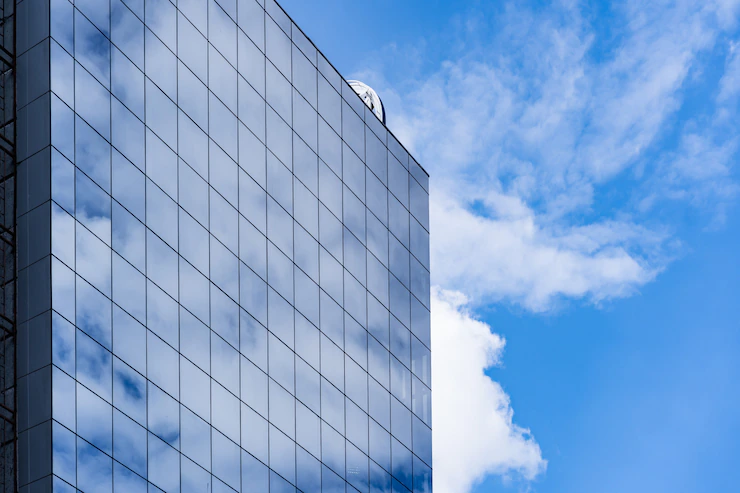
Structural glazing is a highly versatile material and can be used to build anything from floor-to-ceiling windows and glass roofs to fancy elevators and walkways.
But structural glazing is not only used for office buildings in city centers. Homeowners are also using this material for glass extensions or stunning skylights to try and capitalize on the natural light on offer.
Structural Glazing Benefits
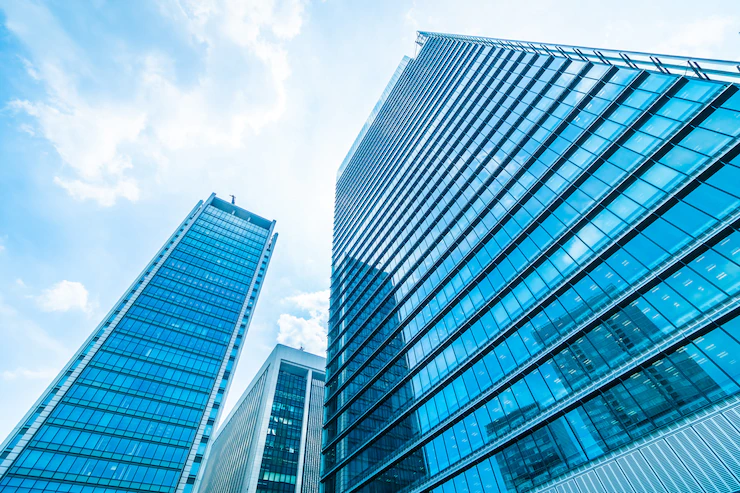
Although there are several benefits of using structural glazing in buildings, one of the most convincing ones is the possibility of more light on the floor. Furthermore, more light also gives the appearance of more space and liveliness in the room. Apart from that, structural glazing also adds a touch of modern elegance in the property.
The following are some of the major benefits of Structural Glazing that you need to learn about:
1. Architectural Freedom
Structural glazing provides builders with unprecedented versatility. As structurally glazed glass can bear weight without the support of the frame, designers are not hindered by factoring in available frame sizes or how much the glass weighs.
Structural glazing offers architects a solution for when they want to build large structures with stunning views.
2. Natural light
As you would imagine, structural glazing is a fantastic way to gain more natural light in any type of building.
Studies have shown just how important exposing yourself to daylight is for your circadian rhythm and overall health and well-being, and buildings with more natural light are becoming more and more popular.
Daylight helps the body with sleep, your immune system, and health. If you spend too much time within artificially-lit environments, you will not gain these invaluable health benefits.
Building with large structurally glazed windows offers occupants much better access to the outside world, helping improve their productivity, happiness, and general well-being.
3. Insulation
One of the most significant advantages of structural glazing is insulation. At first, it might seem counterintuitive to see this as a benefit, as the glazed glass can create spaces that overheat during the day and then become too cold during the night.
However, thanks to advances in technology, modern, structurally glazed glass is extremely well insulated.
Many panels utilize thermal glass technology known as solar gain. Solar gain allows the glass to absorb the heat of the sun while also keeping spaces at a pleasant temperature, no matter what the weather is like outside or what time of day it is.
On top of this, as the glass is bound together with adhesive rather than via metal framing, structural glazing offers little to no exposed metal on the outside of the building, which significantly reduces the thermal bridging potential, and much less energy is needed to cool and heat the space.
4. Connection With the Natural World
Biophilic Design: Structural glazing promotes biophilic design principles by seamlessly blending interior and exterior spaces. This connection with nature positively impacts occupants’ mental well-being, fostering a sense of tranquility and connection to the natural world.
Visual Continuity: The expansive glass surfaces create uninterrupted views of the surroundings, allowing occupants to feel immersed in nature while being sheltered within the built environment.
5. Energy Efficiency
Thermal Glass Technology: Advanced thermal glass technology in structural glazing optimizes energy efficiency. By harnessing solar gain without causing overheating, it contributes to maintaining a consistent and comfortable indoor temperature throughout the day and varying weather conditions.
Savings on Heating Bills: The insulation benefits translate into tangible savings on heating bills, making structural glazing not only aesthetically pleasing but also financially prudent.
6. Aesthetic Appeal
Modern Luxury: The inclusion of structural glazing adds a touch of modern luxury to any space, creating a sleek and contemporary aesthetic. The transparency and clean lines of glass contribute to a timeless and sophisticated visual appeal.
Versatile Design Elements: Structural glazing allows for innovative design choices, from frameless glass to unique configurations, enabling architects and designers to create visually stunning and customized spaces.
7. Versatility with Older Buildings
Preservation of Historic Value: Structural glazing, especially in frameless forms, can be seamlessly integrated into older and listed buildings without compromising their architectural integrity. This versatility preserves the historic value of the structure while introducing a contemporary element.
Complementary Design: Glass, with its transparent and adaptive nature, complements the existing features of older buildings, enhancing their aesthetic appeal without overshadowing or altering their inherent charm. This harmonious integration provides a balance between heritage and modernity.
Different Types Of Glazing Structures
Here are different types of glazing structures. You can explore all of these options –
Single Glazing
Classic Simplicity: A single layer of glass allows natural light but provides minimal insulation, exuding timeless charm often found in historic buildings.
Double Glazing
Enhanced Insulation:Two layers of glass with a spacer improve insulation, minimizing heat loss and condensation for increased energy efficiency.
Triple Glazing
Ultimate Thermal Performance: Three layers of glass and two spacers deliver superior insulation, ideal for regions with extreme climates.
Structural Glazing
Seamless Integration: Frameless appearance seamlessly integrates glass into building structures, prioritizing aesthetics and a visual connection with the outdoors.
Low-E Glass
Optimized Energy Efficiency: Thin coating minimizes heat transfer, maximizing natural light while reducing UV rays for improved energy efficiency and occupant comfort.
Smart Glass
Adaptive Transparency: Switchable glass offers adjustable transparency, changing from transparent to opaque for privacy and light control.
Tinted Glass
Solar Control: Colored tint controls sunlight, enhances privacy, and reduces glare and heat for a comfortable interior environment.
Laminated Glass
Safety and Security: Multiple layers with an interlayer enhance safety, adhering upon breakage to reduce the risk of injury while providing sound insulation.Within these options, architects navigate a spectrum from classic charm to cutting-edge technologies, creating functional and visually appealing spaces tailored to specific needs and preferences.
Additionals:


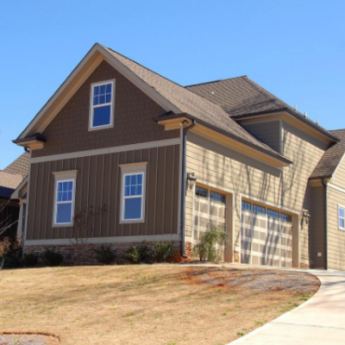






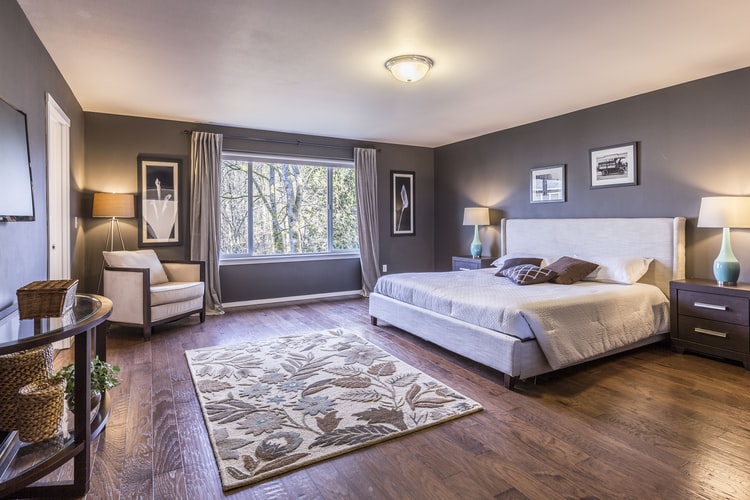

Leave A Reply